Get PeakVisor App
Sign In
Search by GPS coordinates
- Latitude
- ° ' ''
- Longitude
- ° ' ''
- Units of Length

Yes
Cancel
Share ×

Scan the QR code and open PeakVisor on your phone
❤ Wishlist ×
Choose
Delete
The Toquima Range is a north-to-south running mountain range situated in the central region of the US state of Nevada. The range lies within Toiyabe National Forest, which covers land in Nevada and California. There are 50 named peaks; the tallest and most prominent is Mount Jefferson - South Summit at 11,932 ft (3,637 m) tall with 5,863 ft (1,787 m) of prominence.

Toquima Range lies within the Austin-Tonopah Ranger District of the Toiyabe National Forest. The range runs roughly north-to-south, similar to many Great Basin Ranges throughout Nevada.
The peaks extend roughly 71 miles (115 km). The more extensive Toiyabe Range and Big Smoky Valley are on the west side of the range. On the east side lies the Monitor Range and Monitor Valley.
North of this remote range lies the U.S. Route 50, often called “The Loneliest Highway in America.” The peaks are primarily in Nye County, with a small section extending into Lander County.
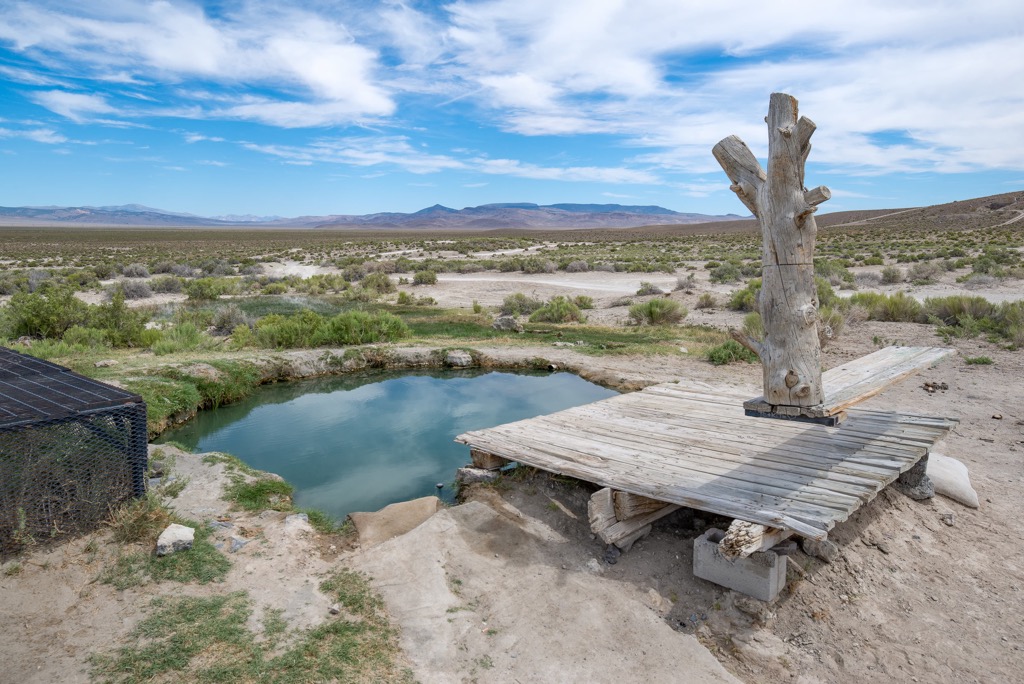
The terrain is similar to that found throughout central Nevada. The Toquima Range, and its surrounding ranges, lie within the rain shadow of the Sierra Nevada that lies to the west along the Nevada and California border.
This arid landscape can’t support much vegetation except for scattered pines and low-growing grasses. Steep cliffs meet sweeping basins and scree slopes throughout the range. Loose rock and barren peaks define the subalpine tundra landscape.
Though the peaks receive snowfall during winter, the snowpack dissipates by mid-summer. No significant lakes or rivers exist in this arid region.
The Toquima Range is near numerous other outdoor recreation areas. The entire range lies within the Toiyabe National Forest, with a small section of peaks within the Alta Toquima Wilderness. Table Mountain Wilderness lies to the east, while the Arc Dome Wilderness is to the west.
The peaks within and surrounding the Toquima Range are part of the larger Great Basin Ranges, which extend throughout much of Nevada, Utah, Idaho, Oregon, and California.
Other nearby ranges include the Toiyabe Range and Monitor Range. Tectonic extension created this mountainous region, continuously stretching and folding the landscape and leaving behind the distinct geological features visible today.
The extension of the North American plate resulted in alternating mountain ranges and basins or valleys, giving the region its name of the Basin and Range Province.

Faults exist on the western and eastern sides of the ranges, causing them to continue to shift to this day. As the peaks slowly thrust upwards, the valleys drop in elevation.
Most regional ranges, including the Toquima Range, have a metamorphic core complex. The tectonic extension that formed this landscape began in the Early Miocene. The last several glacial maximums further sculpted the terrain as the glaciers advanced and retreated.
Igneous and metamorphic rocks can be found throughout the peaks, while the outer layer is often sedimentary.
Major peaks within the Toquima Range include Mount Jefferson - South Summit (11,932 ft/3,637 m), Wildcat Peak (10 499 ft/3 200 m), Shoshone Mountain (10 899 ft/3 322 m), and San Antonio Mountain (7 713 ft/2 351 m).
The arid landscape does not sustain a significant amount of plant life. Lower elevations feature a variety of pine trees and sagebrush. As the elevation increases, this flora quickly gives way to barren peaks and ridgelines.
The extreme alpine conditions have led to the establishment of the Mount Jefferson Research Natural Area to better understand how life survives amidst the harsh environment. The highest elevations contain no flora except the occasional low-growing grass.
Despite the lack of flora, the Toquima Range supports a variety of animal life. Common species include deer, bighorn sheep, chukar, grouse, and native trout when there is enough rainfall to support streams.
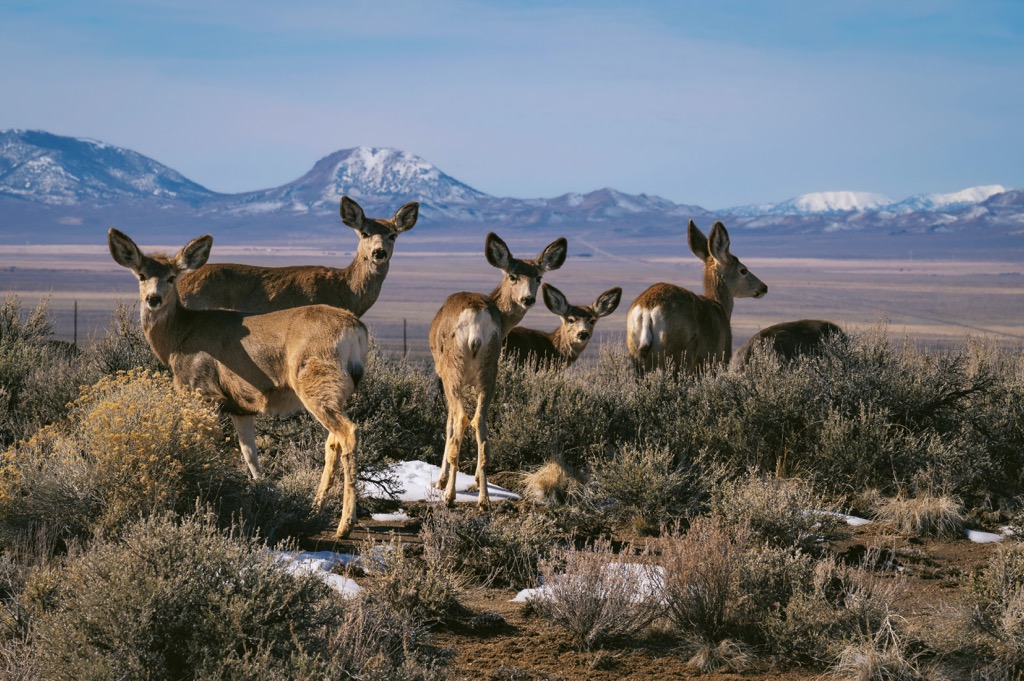
Present-day Nevada has been inhabited by humans for thousands of years, long before European colonizers and settlers arrived. Archaeological evidence throughout the state suggests that human settlement has existed for roughly 10,000 years.
Many Indigenous communities and tribes have lived on the land surrounding the Toquima Range; the Western Shoshone and Northern Paiute are some of the most prominent tribal nations with ancestral ties to the region.
Members from both these tribes historically had a vast spread of land that they would cover for seasonal migrations, hunting, and gathering. Like many other Indigenous Peoples of North America, the Northern Paiute and Western Shoshone lived nomadically, migrating with the changing seasons.
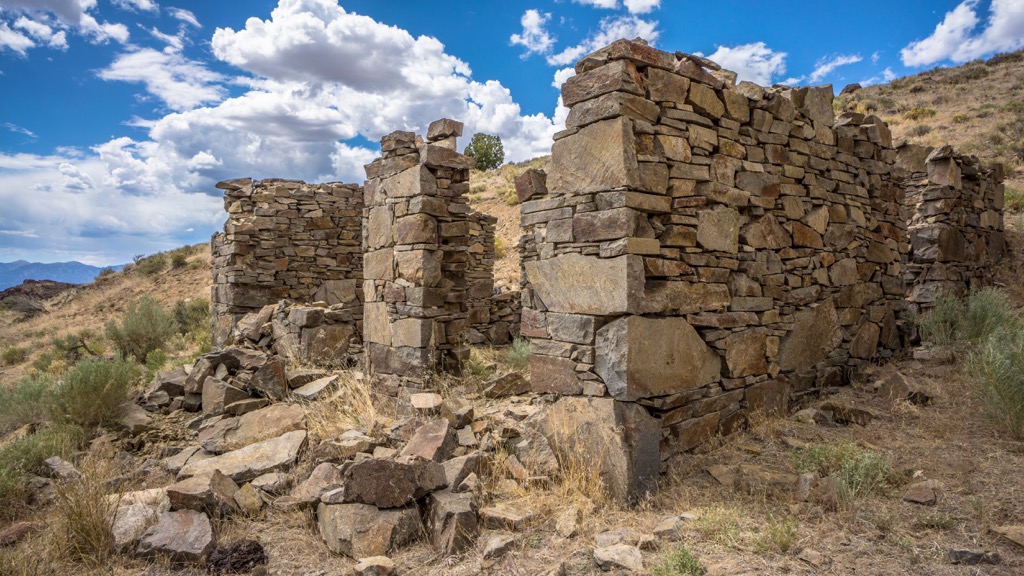
Relations between the two tribes were relatively peaceful as they shared similar languages, beliefs, and traditions. Indigenous Peoples are estimated to have first had contact with settlers of European descent during the 1820s, although European diseases had likely ravished tribal communities well before their physical arrival.
The 1840s brought a large influx of people to the region. Over the following decades, numerous battles occurred between the Tribal Nations and the US military.
As the Tribal Nations fought to protect their native homelands, the US military attacked, killed, and displaced the region's Indigenous peoples. The most prominent battles fought between the two groups include the Pyramid Lake War, Owens Valley Indian War, Snake War, and the Bannock War.
Despite continual efforts, the Tribes’ numbers began to decline due to war and the constant arrival of infectious diseases, such as smallpox. Most of the remaining Indigenous people were forced onto reservations, often in places far away from their homelands.
The California Gold Rush began during the mid-nineteenth century, bringing more people through the Great Basin region. The California Trail traveled north of the range near the Ruby Mountains and westward through Carson Pass.
In 1908 the federal government established Toiyabe National Forest Reserve, which expanded to include the Toquima Range in 1915. The Alta Toquima Wilderness was later established in 1989. In 1995 the Toiyabe and Humboldt National Forests were administratively combined, forming the largest national forest in the contiguous US.
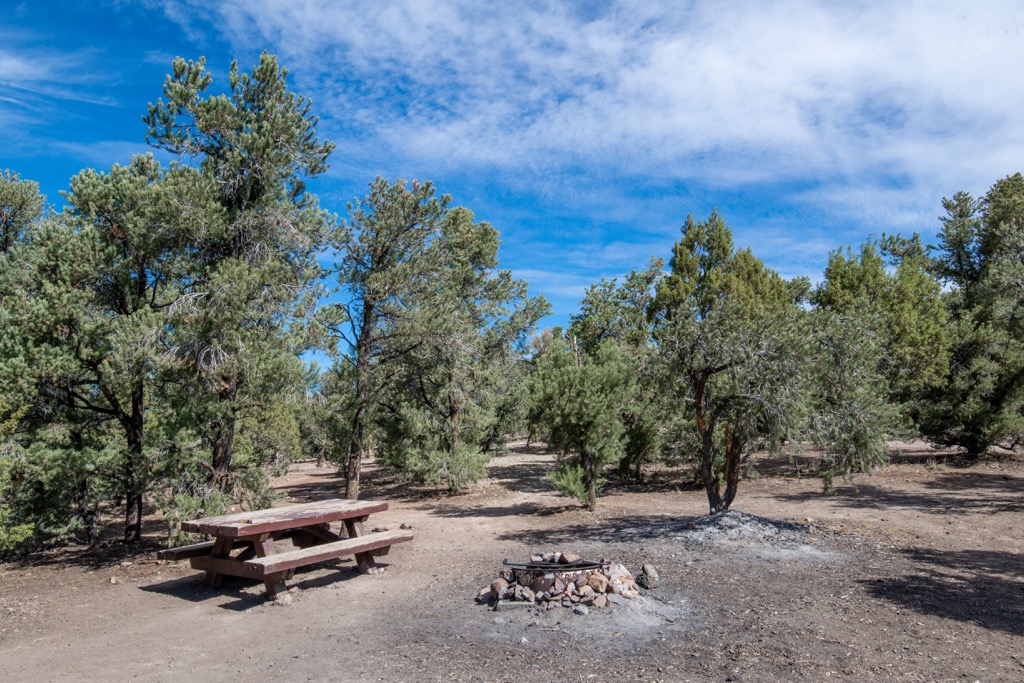
The Toquima Range is a remote mountain range that features minimal hiking trails. Hikers should be prepared for changing weather conditions and pack more than enough food and water. Amidst the few hiking trails lie numerous forest service roads that hikers can also explore. Those doing so should be comfortable with navigating and should always carry a map.
Common hikes in the range include:
Looking for a place to stay near the Toquima Range? Here are some of the region's best cities and villages to check out.
The small town of Austin lies just northwest of the Toquima Range, along State Route 50. The town is situated along the western slopes of the Toiyabe Range and has under 200 residents. Visitors can enjoy hiking, mountain biking, exploring some of the unique shops in the town, and soaking in the nearby Spencer Hot Springs.
Austin is a prime example of a “living ghost town” or a well-preserved example of what the early mining towns in Nevada looked like. Other points of interest include Stokes Castle, Lincoln Highway car show, and the Hickson Petroglyph Recreation Area.
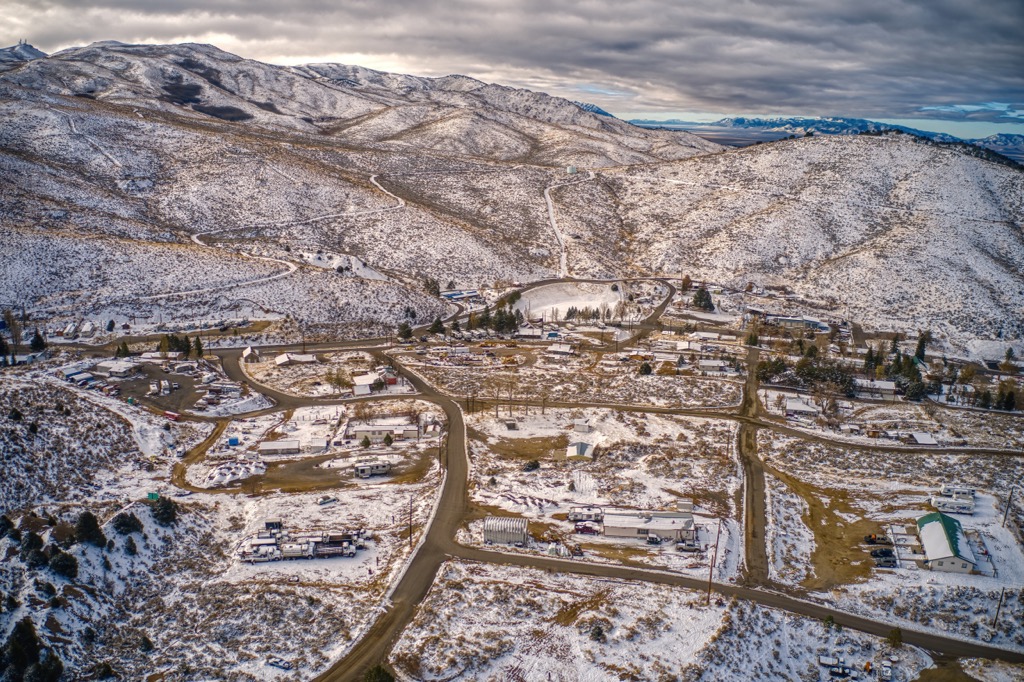
Reno is the closest major city to Toquima Range and is three hours west of Austin. Known as “The Biggest Little City in the World,” Reno is home to many casinos and world-class outdoor recreation spots. Home to around 425,000 residents, Reno is the second most populous city in the state after Las Vegas.
Besides its many casinos, Reno is home to the Nevada Museum of Art. The summer provides hiking, trail running, mountain biking, and rock climbing opportunities just outside the city. Reno’s proximity to Lake Tahoe (a 45-minute drive) offers even more options for summer activities and snow sports during the winter.

Explore Toquima Range with the PeakVisor 3D Map and identify its summits.







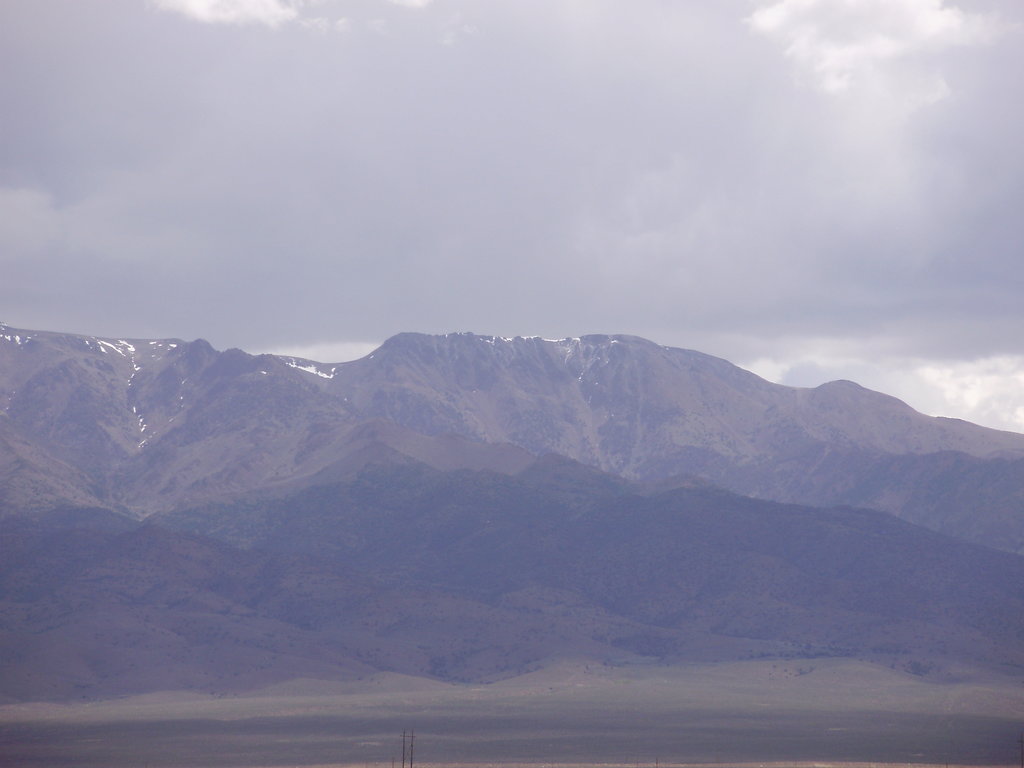
ultra
nevada-11ers
nevada-peaks-club
las-vegas-mountaineers-classics
nevada-peaks-club-emblem
western-state-climbers
western-state-climbers-star
sierra-club-desert
great-basin
nevada-ultras
ultra
nevada-11ers
nevada-peaks-club
las-vegas-mountaineers-classics
nevada-peaks-club-emblem
western-state-climbers
western-state-climbers-star
sierra-club-desert
great-basin
nevada-ultras
